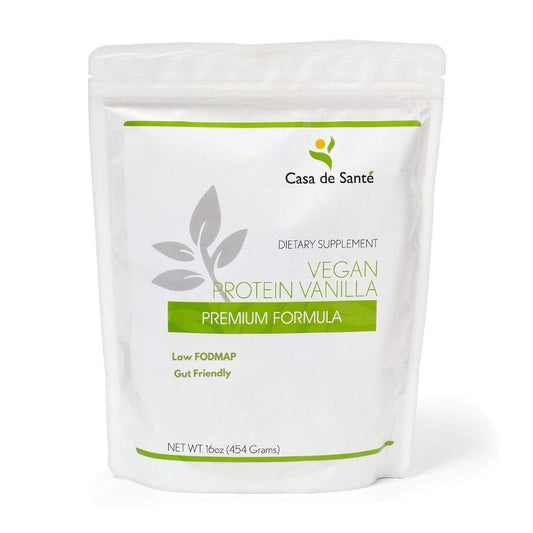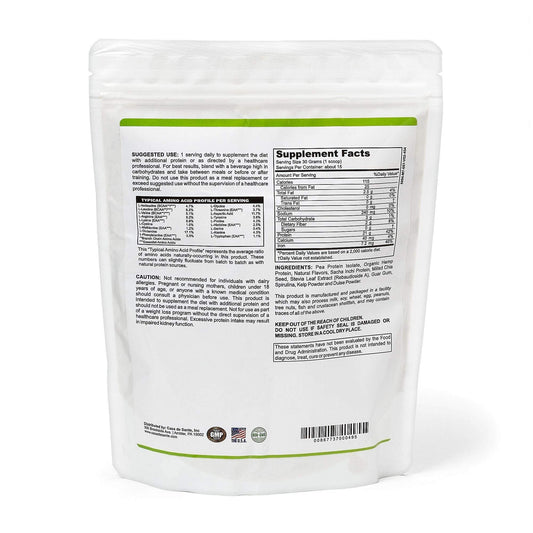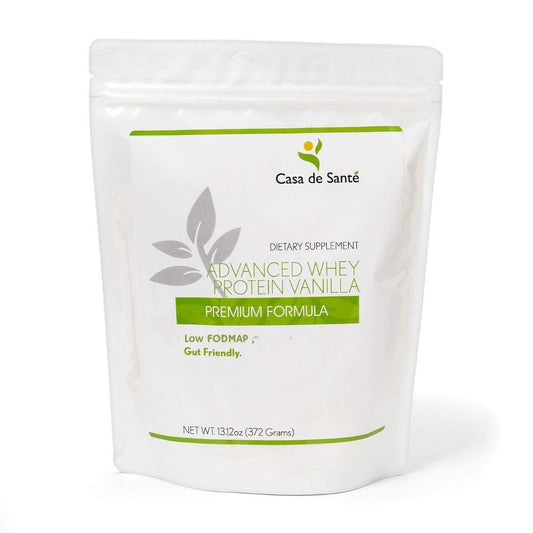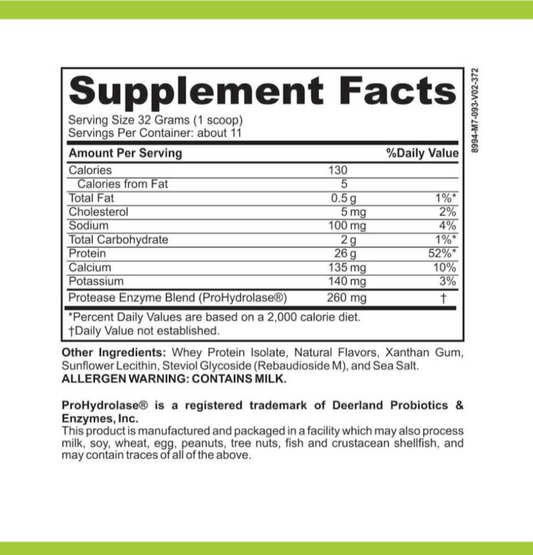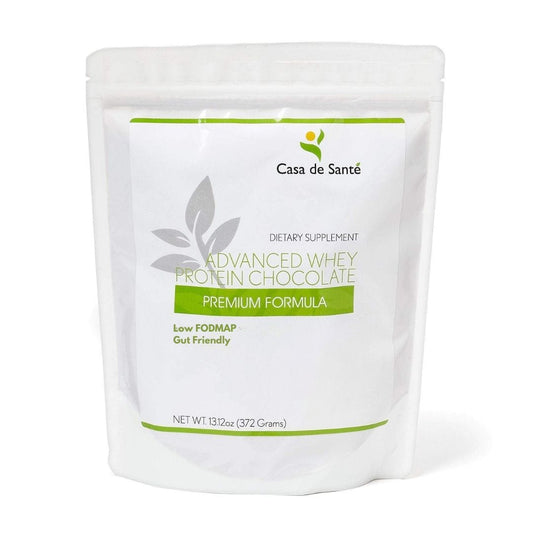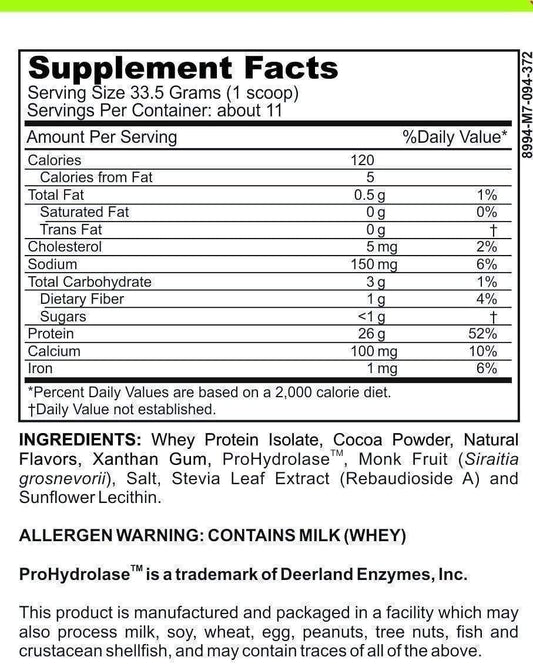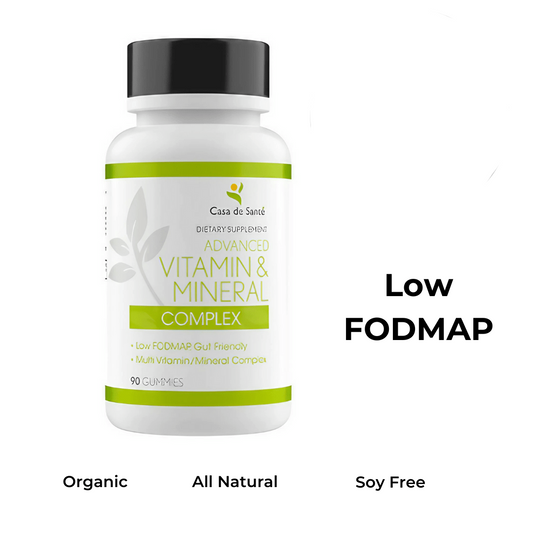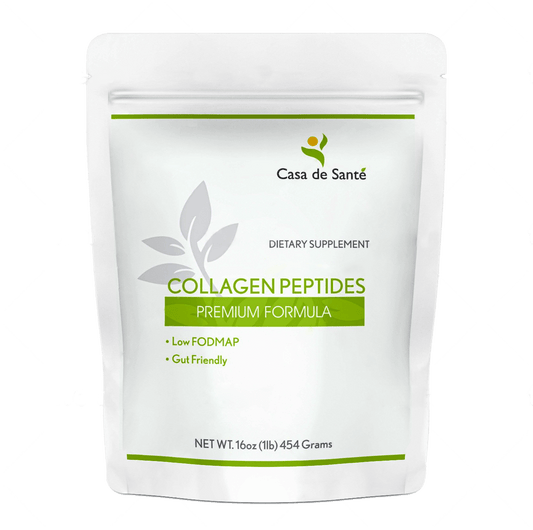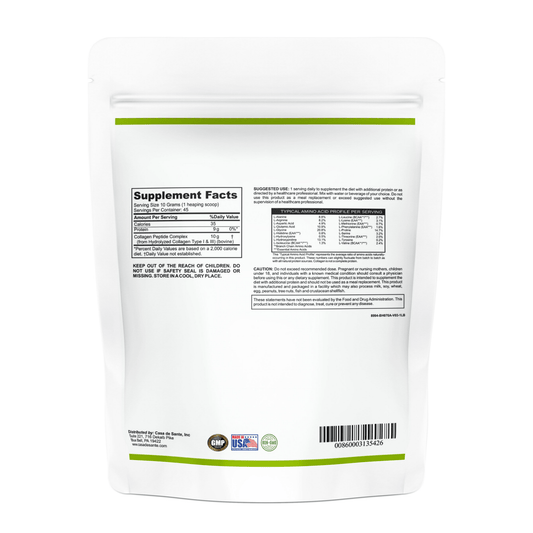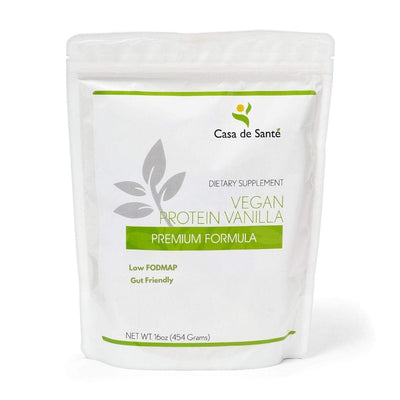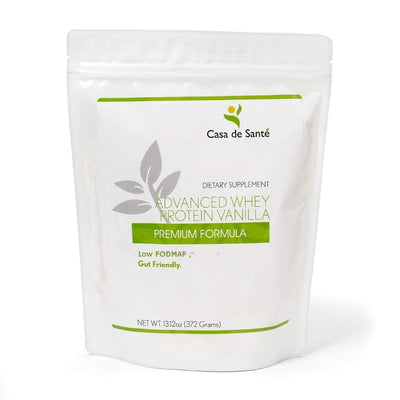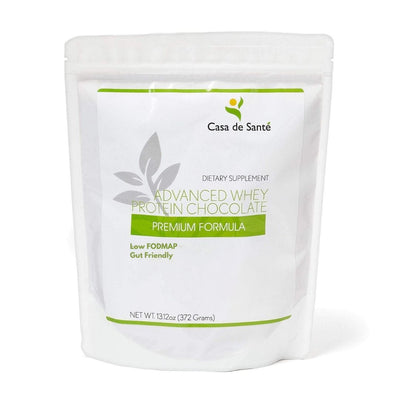Oat Grass Protein Powder Vs Wheatgrass Protein Powder
Oat Grass Protein Powder Vs Wheatgrass Protein Powder
In today's market, there are countless protein powders available, each claiming to provide unique benefits for your health and fitness goals. Two popular options are oat grass protein powder and wheatgrass protein powder. Both of these powders are derived from nutrient-dense grasses and offer an array of potential advantages. In this article, we will delve into the details of oat grass protein powder and wheatgrass protein powder, comparing their nutritional composition, protein content, amino acid profiles, digestibility, and more. By the end, you'll have a comprehensive understanding of these two protein powders and be equipped to make an informed decision based on your individual needs.
What is Oat Grass Protein Powder?
Let's start by exploring oat grass protein powder. As the name suggests, it is made from the young shoots of the common oat plant, Avena sativa. Oat grass is rich in vitamins, minerals, and antioxidants, making it a popular choice for those looking to improve their overall health. The grass is harvested when it reaches its peak nutritional value and then dried and powdered to create the protein powder.
Oat grass protein powder is not only a great source of nutrients, but it also offers several health benefits. Due to its high fiber content, it can aid in digestion and promote a healthy gut. Additionally, oat grass protein powder is known for its ability to support weight management by helping to control appetite and regulate blood sugar levels. It is also a suitable option for individuals with dietary restrictions, as it is gluten-free and suitable for vegans and vegetarians. Incorporating oat grass protein powder into your diet can be a convenient and effective way to boost your protein intake and support your overall well-being.
What is Wheatgrass Protein Powder?
Now, let's turn our attention to wheatgrass protein powder. Wheatgrass, scientifically known as Triticum aestivum, is the freshly sprouted leaves of the wheat plant. It is packed with essential nutrients like vitamins, minerals, and enzymes. To make wheatgrass protein powder, the grass is harvested at its early growth stage, juiced, and then dehydrated to create a concentrated powder form.
One of the key benefits of wheatgrass protein powder is its high protein content. Protein is an essential macronutrient that plays a crucial role in building and repairing tissues, supporting immune function, and promoting overall health. Wheatgrass protein powder is a convenient and plant-based source of protein, making it a popular choice for vegetarians, vegans, and individuals with dietary restrictions.
In addition to its protein content, wheatgrass protein powder is also rich in chlorophyll. Chlorophyll is the pigment responsible for giving plants their green color and plays a vital role in photosynthesis. It is believed to have various health benefits, including detoxification, antioxidant properties, and potential anti-inflammatory effects. Incorporating wheatgrass protein powder into your diet can be a great way to boost your chlorophyll intake and support overall wellness.
Nutritional Comparison: Oat Grass vs Wheatgrass Protein Powder
When it comes to the nutritional composition, both oat grass protein powder and wheatgrass protein powder offer a wide range of vitamins, minerals, and antioxidants. However, there are some variations between the two. Oat grass protein powder is particularly rich in vitamin C, vitamin K, and B vitamins. On the other hand, wheatgrass protein powder contains high levels of chlorophyll, iron, and magnesium. These nutrients play crucial roles in supporting overall health and well-being.
Protein Content: Oat Grass vs Wheatgrass Protein Powder
Protein content is a significant factor to consider when choosing a protein powder. Oat grass protein powder typically contains around 15-18 grams of protein per serving, while wheatgrass protein powder has a slightly lower protein content of about 10-12 grams per serving. Although the protein content may vary depending on the brand and processing methods, both options offer a decent amount of protein to support muscle growth and repair.
Amino Acid Profile: Oat Grass vs Wheatgrass Protein Powder
Essential amino acids are the building blocks of proteins and are crucial for various bodily functions. Oat grass protein powder boasts a well-balanced amino acid profile, providing all nine essential amino acids in adequate amounts. Wheatgrass protein powder, although also containing essential amino acids, may be lower in certain ones such as lysine. However, it still contributes to meeting your daily amino acid requirements.
Digestibility: Oat Grass vs Wheatgrass Protein Powder
Digestibility is an important consideration when selecting a protein powder. Oat grass protein powder is known for its high digestibility, making it easier for the body to break down and utilize the nutrients. Conversely, some individuals may find wheatgrass protein powder slightly more challenging to digest due to its high fiber content. However, this varies from person to person, and it's essential to listen to your body's unique response.
Benefits of Oat Grass Protein Powder
Oat grass protein powder offers an array of benefits. Firstly, it is a complete plant-based protein source, making it suitable for vegans and vegetarians. Additionally, oat grass is packed with antioxidants that can help combat free radicals and reduce oxidative stress. It may also support cardiovascular health, aid digestion, and promote healthy skin and hair. Moreover, the fiber content in oat grass can contribute to feelings of fullness and support weight management goals.
Benefits of Wheatgrass Protein Powder
Wheatgrass protein powder also provides numerous advantages. Similar to oat grass, it is suitable for those following plant-based diets. Wheatgrass is widely acclaimed for its potential detoxifying properties, thanks to its high chlorophyll content. This superfood may also support digestion, boost immunity, and help maintain healthy blood sugar levels. Furthermore, the alkalizing nature of wheatgrass can assist in balancing the body's pH levels for optimal well-being.
Side Effects and Precautions of Oat Grass Protein Powder
While oat grass protein powder is generally safe for consumption, it's essential to be aware of potential side effects and precautions. Some individuals may experience allergic reactions or digestive discomfort, particularly if they have a known sensitivity to oats. It's advisable to start with a small serving and gradually increase to assess your tolerance. If you have any underlying health conditions or are taking medication, it's always best to consult with a healthcare professional before incorporating oat grass protein powder into your diet.
Side Effects and Precautions of Wheatgrass Protein Powder
Similarly, wheatgrass protein powder is generally well-tolerated by most individuals. However, some people may experience nausea, headaches, or allergic reactions. If you are allergic to wheat or gluten, it's crucial to ensure that the wheatgrass protein powder you choose is certified gluten-free. It's also worth noting that wheatgrass may interact with certain medications, so consulting with a healthcare provider beforehand is advisable.
Choosing the Right Protein Powder for Your Needs
Deciding between oat grass protein powder and wheatgrass protein powder ultimately comes down to your individual needs and preferences. Consider factors such as nutritional composition, protein content, amino acid profile, digestibility, and potential benefits. It may also be helpful to try samples of each powder to determine which one suits your taste and digestion.
Incorporating Oat Grass Protein Powder into Your Diet
If you opt for oat grass protein powder, there are numerous ways to incorporate it into your daily diet. You can mix it into smoothies, protein shakes, or oatmeal for an extra nutritional boost. Additionally, it can be added to baked goods, energy balls, or homemade protein bars. The versatility of oat grass protein powder allows for endless creative possibilities in the kitchen.
Incorporating Wheatgrass Protein Powder into Your Diet
Similarly, wheatgrass protein powder can be integrated into various dishes and beverages. Blend it into your favorite green smoothie or juice, or mix it with plant-based milk for a quick and convenient protein shake. You can also sprinkle it over salads, soups, or stir-fries to add a nutritious twist to your meals. Experiment and find the methods that best suit your taste preferences.
Recipes and Ideas for Using Oat Grass Protein Powder
Looking for inspiration on how to use oat grass protein powder? Here are a few recipe ideas to get you started:
- Oat Grass Protein Smoothie Bowl: Blend frozen berries, a banana, plant-based milk, and a scoop of oat grass protein powder. Top with granola, sliced fruits, and a drizzle of nut butter.
- Oat Grass Protein Energy Bites: Combine oat grass protein powder, rolled oats, almond butter, honey, and dark chocolate chips. Roll into bite-sized balls and refrigerate for a quick and nutritious snack.
- Oat Grass Protein Pancakes: Mix oat grass protein powder, whole wheat flour, mashed banana, plant-based milk, and a pinch of cinnamon. Cook the batter on a greased pan and serve with your favorite toppings.
Recipes and Ideas for Using Wheatgrass Protein Powder
If you're wondering how to incorporate wheatgrass protein powder into your culinary repertoire, consider these recipe suggestions:
- Wheatgrass Protein Green Juice: Blend together celery, cucumber, apple, lemon, and a teaspoon of wheatgrass protein powder. Strain and enjoy a refreshing and nutrient-packed green juice.
- Wheatgrass Protein Energy Balls: Combine wheatgrass protein powder, dates, almonds, coconut oil, and shredded coconut in a food processor. Shape into balls and refrigerate for a quick energy boost.
- Wheatgrass Protein Smoothie: Blend spinach, pineapple, coconut water, and a scoop of wheatgrass protein powder for a tropical and revitalizing smoothie.
Price Comparison: Oat Grass vs Wheatgrass Protein Powder
When considering the cost of oat grass protein powder and wheatgrass protein powder, it's important to compare various brands and package sizes. Generally, the prices of these protein powders can vary, with organic and premium options often commanding a higher price tag. It's worth exploring different retailers and online platforms to find the best deals that fit within your budget.
Where to Buy Oat Grass Protein Powder?
Oat grass protein powder can be found in health food stores, specialty supplement shops, and online retailers. When purchasing, be sure to choose a reputable brand that uses organic or sustainably sourced ingredients. Reading customer reviews and checking for third-party certifications can also help ensure product quality and authenticity.
Where to Buy Wheatgrass Protein Powder?
Similar to oat grass protein powder, wheatgrass protein powder is available in health food stores, supplement shops, and online platforms. Conduct thorough research to find reliable suppliers that offer high-quality products. Customer reviews and certifications should be taken into consideration, as they can provide valuable insights into the efficacy and purity of the powder.
User Reviews: Oat Grass vs Wheatgrass Protein Powder
It's always insightful to consider the experiences and feedback of other users when evaluating protein powders. Browse online forums, social media groups, and reputable websites for user reviews on both oat grass protein powder and wheatgrass protein powder. However, keep in mind that individual responses may vary due to personal preferences and unique biological factors.
In conclusion, both oat grass protein powder and wheatgrass protein powder offer valuable nutritional benefits. Oat grass protein powder is renowned for its rich vitamin and antioxidant content, while wheatgrass protein powder is celebrated for its detoxifying properties. With thorough consideration of the nutritional composition, protein content, amino acid profile, digestibility, and potential side effects, you can make an informed decision on which protein powder best aligns with your goals and preferences. Whether you choose oat grass or wheatgrass protein powder, both options provide convenient and versatile ways to enhance your daily diet and support your overall well-being.
